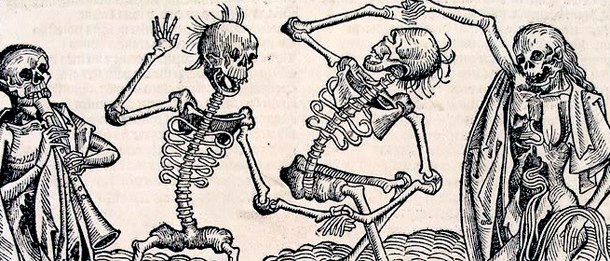The road of East Smithfield runs through east London and carries a deep legacy of death. Two cemeteries, established in the area in the 14th century, contain hundreds of bodies, piled five deep. These remains belong to people killed by the Black Death, an epidemic that claimed up to 100 million lives. It was one of the biggest disasters in human history and seven centuries on, its victims are still telling its story.
In the latest chapter, Verena Schuenemann from the University of Tubingen and Kirsten Bos from McMaster University have reconstructed parts of the genome of the Black Death plague bacterium, and found features that are unlike any seen today. In line with another study from last year, Schuenemann and Bos’s work suggests that the great butcher of medieval Europe may no longer exist.
Of course, plague is still around, caused by a bacterium called Yersinia pestis. The Black ...














